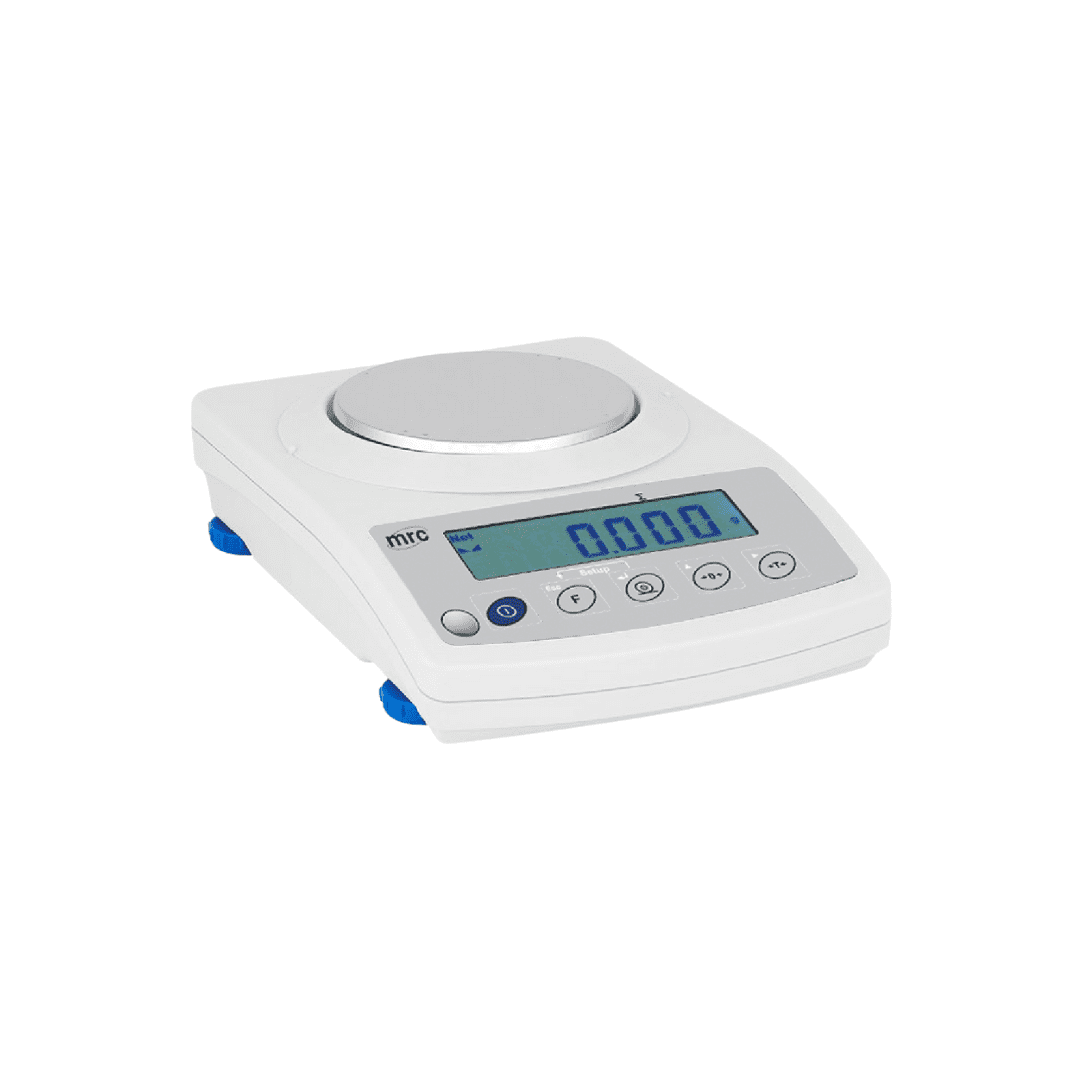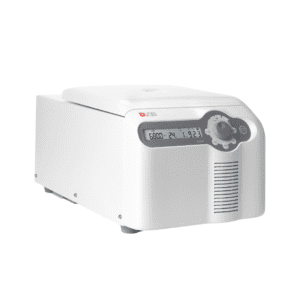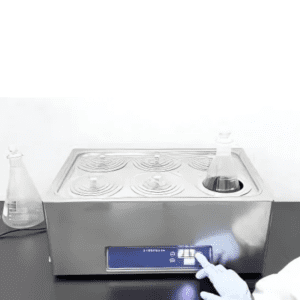Balances
Description
Laboratory balances are fundamental tools in scientific and industrial laboratories, enabling precise measurement of mass for a wide range of applications, from chemical analyses to quality assurance processes.
Types of Laboratory Balances:
- Analytical Balances: These balances offer high precision, typically measuring to 0.1 mg (0.0001 g). They are enclosed in draft shields to prevent interference from air currents and are used for tasks requiring meticulous accuracy, such as quantitative chemical analyses.
- Precision Balances: Providing readability from 0.001 g to 0.01 g, precision balances are versatile instruments suitable for general laboratory tasks, including weighing samples, preparing solutions, and routine quality control.
- Microbalances and Ultra-Microbalances: Designed for measuring extremely small masses, these balances can detect changes as minuscule as 1 μg (0.000001 g). They are primarily used in advanced research fields like nanotechnology and medicine, where analyzing minute quantities is essential.
- Semi-Microbalances: Offering readability around 0.01 mg, semi-microbalances are employed in applications requiring high accuracy and sensitivity, such as pharmaceutical research and quantitative chemical analyses.
- Triple-Beam Balances: These mechanical balances consist of three beams with sliding weights, allowing users to manually add known masses to balance the unknown sample. They are commonly used in educational settings for teaching purposes due to their straightforward operation and durability.
- Key Features to Consider:
- Capacity: Select a balance with a capacity that aligns with the maximum mass of samples you intend to measure.
- Readability: Determine the required level of precision for your applications to choose a balance with appropriate readability.
- Calibration: Regular calibration ensures accurate measurements, accounting for factors like gravitational variations.
- Environmental Conditions: Be aware that factors such as air currents, temperature fluctuations, and vibrations can affect measurement accuracy. Using balances within controlled environments helps mitigate these influences.
Applications:
- Chemical Analysis: Accurate measurement of reagents and samples is crucial for precise chemical reactions and analyses.
- Pharmaceutical Development: Weighing active pharmaceutical ingredients and excipients demands high-precision balances to ensure correct dosages.
- Quality Control: Manufacturing processes rely on accurate measurements to maintain product consistency and compliance with standards.
- Educational Purposes: Balances are used in educational settings to teach students about mass measurement principles and techniques.
Maintenance and Safety:
- Regular Calibration: Perform calibration using certified calibration weights to maintain measurement accuracy.
- Environmental Control: Operate balances in environments with stable temperature, humidity, and minimal air movement to reduce measurement errors.
- Proper Handling: Avoid exposing balances to corrosive substances, excessive vibrations, or electrical surges. Handle with care to prevent mechanical damage.
- Routine Cleaning: Keep balances clean from dust and residues to prevent interference with measurements and prolong the instrument’s lifespan.
By selecting the appropriate laboratory balance and adhering to proper maintenance protocols, laboratories can ensure precise and reliable measurements, supporting the integrity and success of their scientific endeavors.





